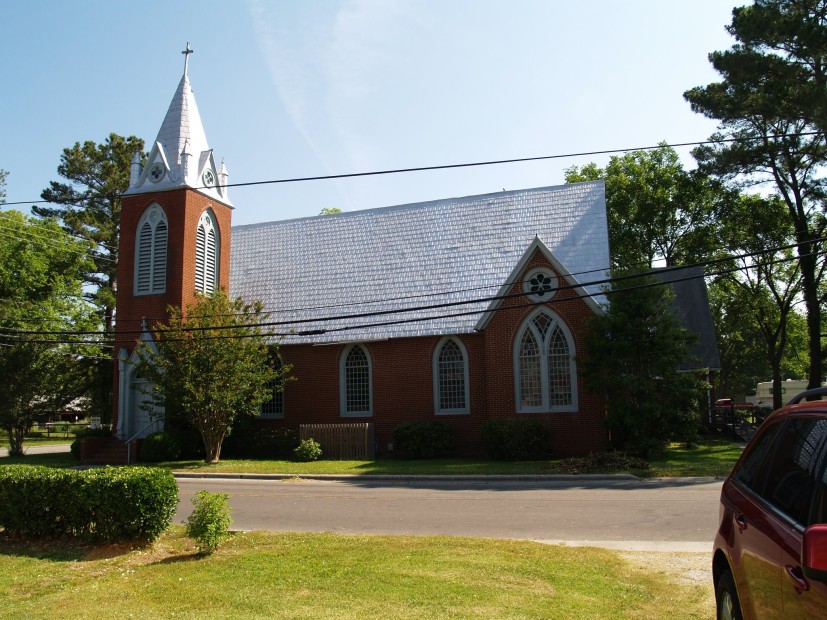A tree removal has turned into a small archaeological excavation after a construction crew uncovered a stash of artifacts in a North Carolina churchyard.
The discovery happened on June 20, as construction workers were digging up a century-old Magnolia tree on the yard of Christ Episcopal Church in Elizabeth City, North Carolina. When they struck a dome-like structure, they notified Rev. Daniel Cenci-who double majored in religious studies and history, and has been the church's rector since 2019--who sent the crew home and dug around the site with the help of some parishioners.

To determine the date of the artifacts they found, the church contacted the nearby Museum of Albermarle, who, according to Cenci, "determined that this was significant enough and that the pieces were old enough that we should contact the state archaeological office, which we did."
The North Carolina Office of State Archaeology was called in, and found, among other things, pieces of Chinese porcelain, an old French wine bottle, and bones that might have come from a wild boar, which they say date from the early 18th century to the mid-19th century. These were then placed on plates in the church's kitchen as they await further testing.
The items may have been connected to the original owner of the land on which the church was built. George Davis--identified in official documents as "George Davis, of Colour"--was a free black man who owned the site from 1811 until his death in 1822, and the structure that the construction crew discovered--possibly a cellar or a cistern--may have been attached to his house.
Davis was not a member of Christ Episcopal Church, although his daughter, Charlotte Davis, was married as a parishioner in 1833.
"(Davis) did very well for himself based on the items that have come out of the excavation site," said Cenci. "We've found bottles of French wine and we found imported porcelain from China... It seems we have uncovered the history of an early African American in our community that was quite influential (and) quite affluent in the town which I think is really interesting."